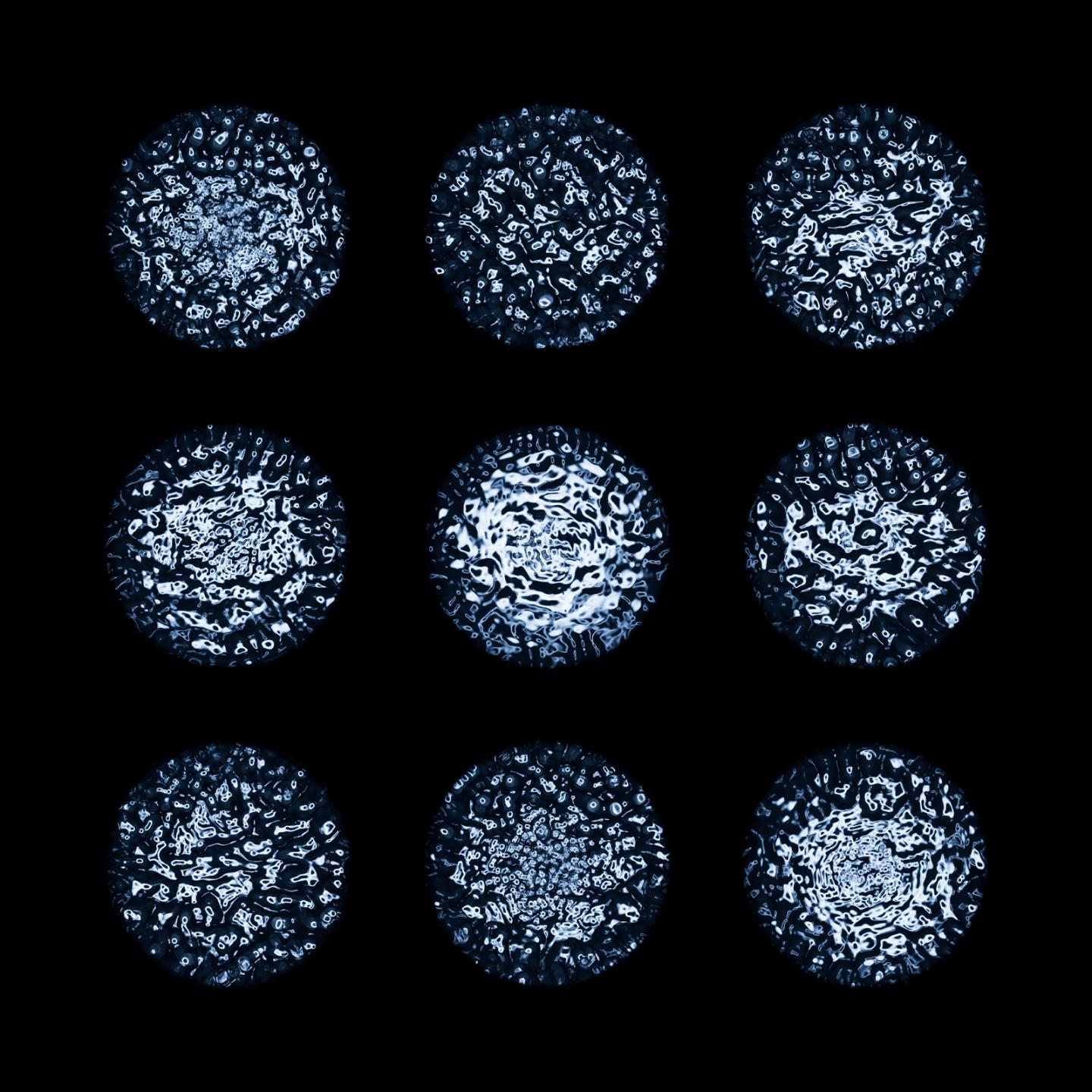What advice would you give to someone wanting to create astronomy art?
The creative process is not trial and error, it’s just trial and reveal. If you don’t try you can guarantee that you’ll get nothing – the process of experimentation is often the path to new ideas. It reveals things.
If you’re squirting ink into oil or oil into milk – which I’ve done! – you never know what it’s going to look like until you try.
So I would encourage anybody in this space to try and experiment and make a mess, because out of that mess comes something that hasn’t been done before.
The world needs people to be bold and to do different things, because that’s where you find the beautiful intersection of what can be done, what hasn’t been done and what might be done in the future. And one day you could be the first person to do something, and that’s a pretty cool feeling!
What interests you about space photography?
There’s something really fascinating about the Universe, the endlessness of it. From a photography perspective it’s a subject with infinite possibilities, and it’s continually changing – you can look at the same sky 100 times and see a different thing.
When you’re out there on your own at 3am in the middle of nowhere with nobody around, you just feel this sort of connection with life and the world around you that you just don’t get day-to-day sitting in front of a computer. It’s a space to find myself and a space to be calm.
And everything moves so slowly. You can sit for two hours waiting for things to line up in the right place, and there’s nothing to do other than drink a cup of tea and gaze up at the stars. It’s a really beautiful experience.
How did you get started?
I have always felt quite creative, but I’m largely rubbish at singing and drawing and things like that. So I picked up a camera around 10 years ago now, and realised that this was a really cool tool that allowed me to finally express my creativity.
I hadn’t really realised at the time that I had selected one of the most technically challenging disciplines of photography to be the first thing that I wanted to learn, but I just dived head in. At the time I worked in London, so I probably spent 20 hours a week on a train watching YouTube tutorials and deciding what gear I needed.
And then, of course, like most genres of photography it’s a rabbit hole that you can just go deeper and deeper into, and it’s still something I really enjoy.
What advice would you give to someone looking to get into astrophotography?
I would say to anybody wanting to do this: do it, but don’t expect perfection on day one. Creativity in photography is a lifetime pursuit and the journey is the reward.
You don’t need expensive gear, you just need to start. Don’t let technology be a barrier. Don’t let anybody tell you that you can’t do it because your camera isn’t good enough.
The people that inspire me are not the people with expensive cameras; they’re the people with great ideas. Anybody can have a great idea.


